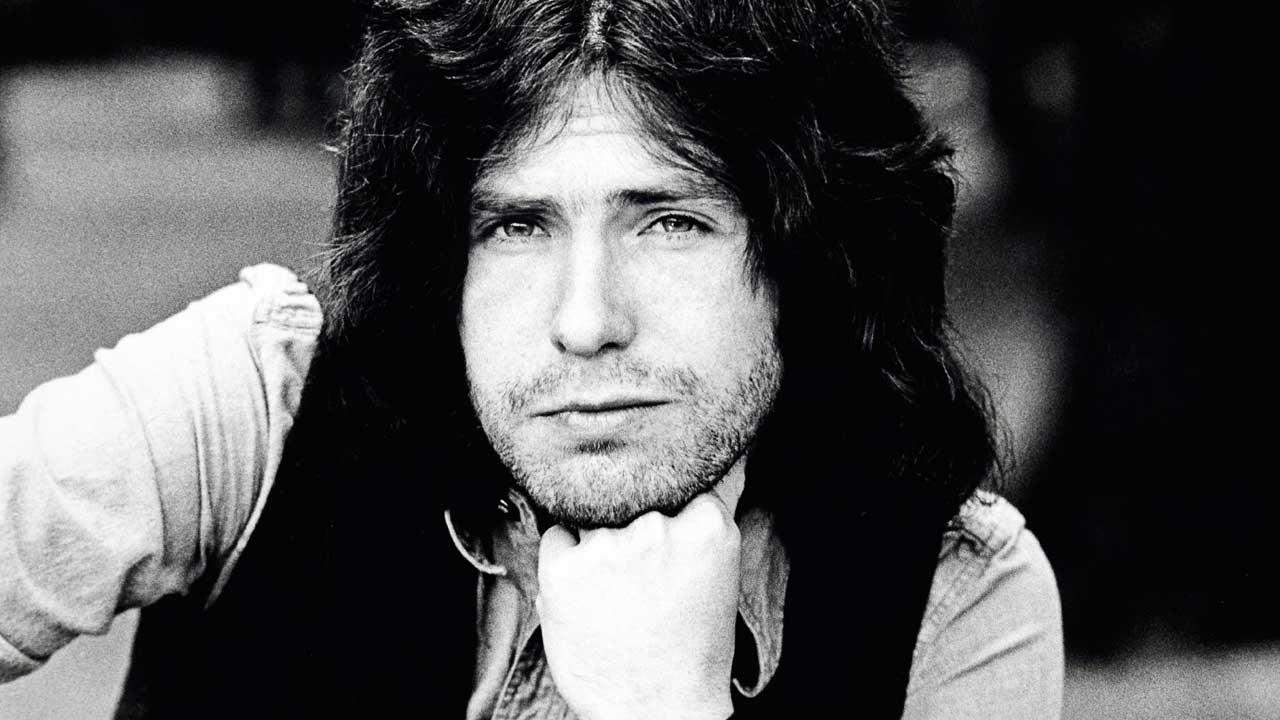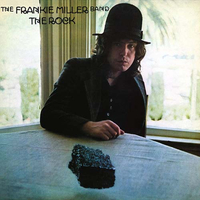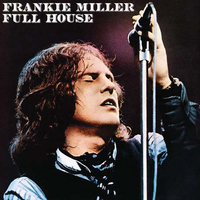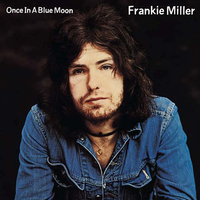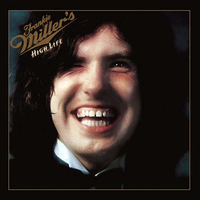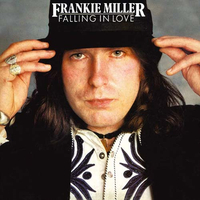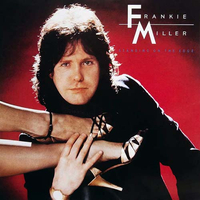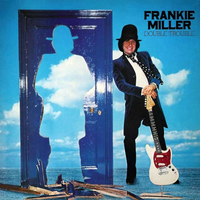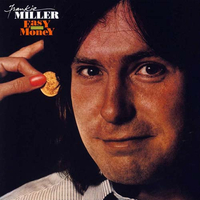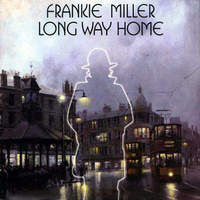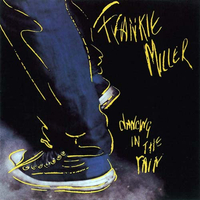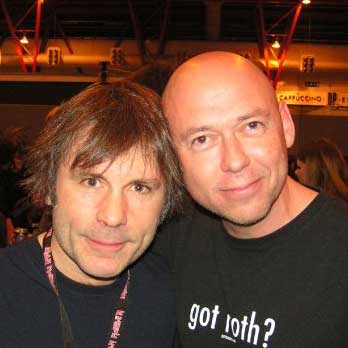Rod Stewart once paid a beautiful tribute to Frankie Miller, an acknowledgement from one great singer to another. “He’s the only white guy that’s ever brought a tear to my eye,” Rod said. “He was that good.”
It’s a long time since Frankie Miller has been able to sing. That wonderfully soulful, gritty voice was lost for ever when he suffered a near-fatal brain aneurysm in 1994. But Miller always considered himself lucky to have survived it, and what remains is a rich legacy in the albums he made in his pomp in the 70s and early 80s.
Born Francis John Miller in 1949 in Bridgeton, an impoverished district of Glasgow, his education in music came via the rhythm-and-blues classics in his mother’s record collection. After stints with various local groups, and a brief spell in a band named Jude that also included guitarist Robin Trower, Miller struck out as a solo artist in 1972, and over the course of that decade he made his reputation as one of the finest singers and songwriters of his generation.
Unfortunately, Miller never made it big the way Stewart did. The only major hit he ever had was Darlin’ in 1978, and, to his chagrin, it was a song he didn’t write. But over the years his songs would be recorded by an array of famous artists, including Stewart, Bob Seger, Roy Orbison, Ray Charles, and Miller’s friends in the Eagles, whose guitarist Joe Walsh said: “The world needs to be aware of Frankie Miller more than it is.”
As a guest vocalist, Miller was featured in one of the greatest rock ballads of all time, performing a duet with Phil Lynott in the original 1974 version of Thin Lizzy’s Still In Love With You. Many years later, long after his voice had been lost and his career tragically ended, a collection of his early demos were fashioned into two new albums: Long Way Home and Frankie Miller’s Double Take.
Then in 2014 more of his previously unreleased songs were recorded by Quireboys singer Spike for the album 100% Pure Frankie Miller, which featured performances by a stellar cast of his friends including Ronnie Wood, Ian Hunter, Bonnie Tyler and ex-Free stars Andy Fraser and Simon Kirke.
Now in his seventies, Miller lives out of the spotlight. What he’s given the world, in these great albums is more than enough – the songs, and that voice, full of soul, power and depth.

...and one to avoid
You can trust Louder Our experienced team has worked for some of the biggest brands in music. From testing headphones to reviewing albums, our experts aim to create reviews you can trust. Find out more about how we review.
